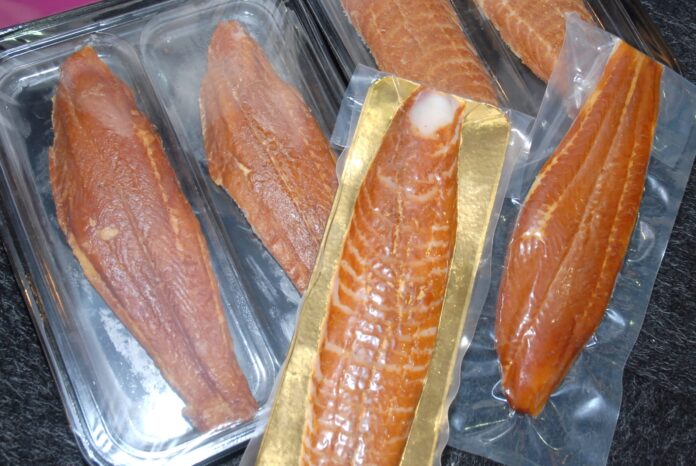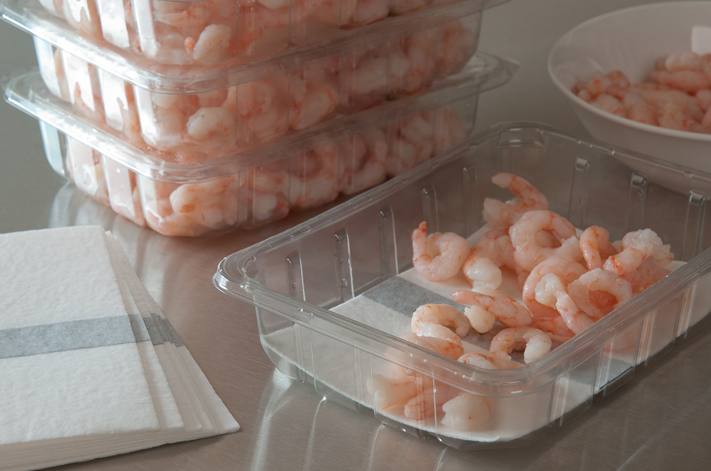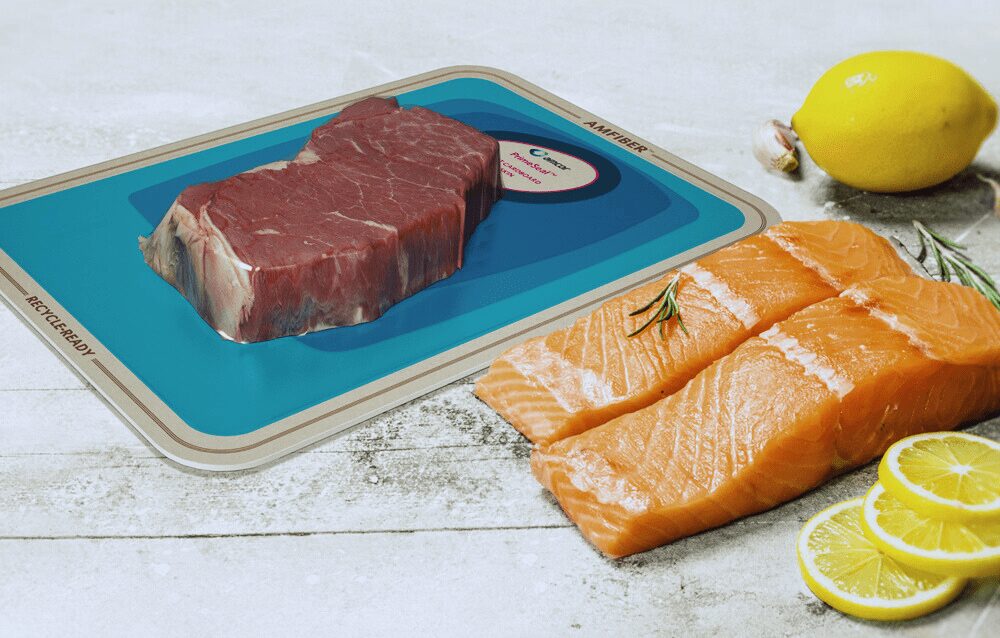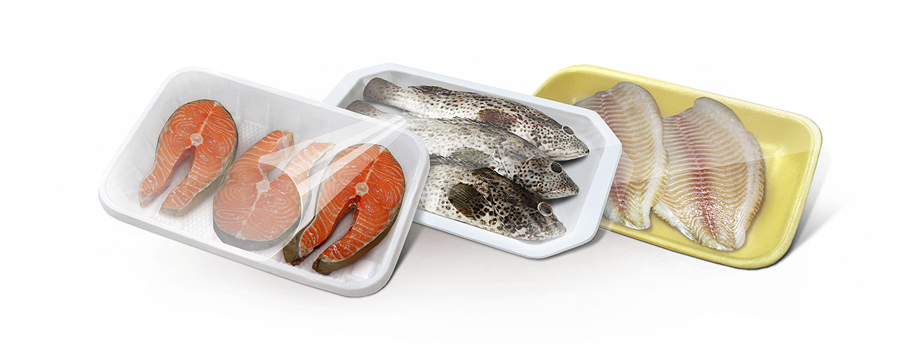
Selecting the right packaging materials is a cornerstone in the fresh fish packaging industry, ensuring that the product reaches the consumer in the best possible condition.
This choice is not just a matter of preserving the freshness and quality of fish products; it also encompasses a range of professional considerations, including sustainability, cost-effectiveness, and compliance with food safety standards.
The intricate balance between these factors demands a deep understanding of both the product’s needs and the packaging materials available in the market.
This article aims to guide professionals through the multifaceted decision-making process, offering insights into the various aspects that need to be considered when choosing the most suitable packaging for fish products.
The goal is to ensure that the final selection not only maintains the product’s integrity but also aligns with broader business and environmental objectives.
Understanding Fish Product Characteristics

A comprehensive understanding of fresh fish product characteristics is fundamental in selecting suitable packaging materials. The perishable nature of fish demands packaging that can effectively prolong freshness and inhibit spoilage. Key factors include:
- Moisture Content: Fish has a high moisture content, requiring packaging that prevents moisture loss, maintaining texture and taste.
- Spoilage Sensitivity: Fish products are prone to spoilage due to microbial growth. Packaging must offer excellent barriers against contamination, including oxygen impermeability to slow down the growth of aerobic bacteria.
- Odor and Taste Preservation: Since fish is sensitive to odor and flavor absorption, the chosen packaging material must protect against external odors while preserving the product’s natural taste.
- Texture Preservation: The delicate texture of fish products requires packaging that can withstand handling and transportation without damaging the product.
- Temperature Sensitivity: Fish products are highly sensitive to temperature changes. Effective thermal insulation in packaging is crucial to maintain the cold chain during storage and transportation.
Each of these characteristics influences the selection of packaging materials, driving the need for a bespoke approach that not only extends shelf life but also preserves the overall quality and appeal of the fish products to the consumer.
Types of Packaging Materials
In the selection of packaging materials for fish products, a variety of options are available, each with unique properties and suitability for different requirements.
- Plastics: Often favored for their versatility and strength, plastics can be formed into various shapes and sizes. They provide excellent moisture barriers and can be designed to be airtight, which is crucial for maintaining the freshness of fish products.
- Biodegradable Materials: In response to environmental concerns, biodegradable packaging options are becoming more prevalent. These materials, derived from natural sources, decompose naturally and minimize ecological impact.
- Metal: Primarily used for canned fish products, metal packaging offers exceptional barrier properties against light, oxygen, and bacteria, making it ideal for long-term preservation.
- Glass: Although less common, glass is used for specialty fish products. It provides an excellent barrier against contaminants and does not react with the fish, preserving its flavor and aroma.
Each material has distinct advantages and limitations, making the decision a balance between product requirements, cost, environmental impact, and consumer preferences. The choice of packaging material plays a critical role in maintaining the quality, safety, and shelf life of fish products.
Factors Influencing Material Selection

In selecting packaging materials for fish products, several nuanced factors come into play:
- Physical Properties: The chosen material must possess specific characteristics like high tensile strength for durability, appropriate elasticity for ease of handling, and superior barrier qualities.
Barrier properties are especially crucial as they prevent the ingress of oxygen and the egress of moisture, both of which can significantly affect the fish’s quality. Materials must also withstand temperature variations, especially if the product requires refrigeration or freezing. - Economic Considerations: Cost-efficiency is a multi-dimensional aspect. It includes not only the initial cost of materials but also the costs associated with transportation (lighter materials may reduce shipping costs), storage, and handling. The balance between affordability and quality is key, particularly in a competitive market.
- Environmental Impact: The ecological footprint of the packaging material is now a primary concern. This includes its production process, the use of renewable resources, energy consumption, and end-of-life recyclability or biodegradability. The move towards materials with lower environmental impact reflects both regulatory pressures and consumer demand for sustainability.
- Consumer Appeal: Packaging is often the first point of contact between the product and the consumer. Thus, aesthetic appeal, clarity of information, ease of opening, and convenience of disposal or recycling can greatly influence purchasing decisions.
- Regulatory Compliance: Compliance with food safety and packaging regulations is non-negotiable. This encompasses ensuring that materials are non-toxic, do not leach harmful chemicals into the product, and are suitable for use with food items. Furthermore, labeling and packaging must adhere to the legal requirements of the target market.
- Compatibility with Fish Products: The interaction between the packaging material and the fish product is a critical consideration. Materials must not react chemically with the fish, altering its taste, color, or texture. This factor becomes more complex when dealing with flavored or processed fish products, where the packaging must maintain the product’s integrity over its shelf life.
Each of these factors requires careful consideration, often necessitating a trade-off between competing priorities to arrive at a solution that best fits the product’s unique requirements and market demands.
Sustainability Considerations
In the realm of fish product packaging, sustainability is a multifaceted consideration that extends beyond mere material choice. It encompasses the entire lifecycle of packaging, from production to disposal.
The environmental impact of packaging materials is evaluated based on their carbon footprint, resource efficiency, and end-of-life recyclability or biodegradability. Innovations in this sector are geared towards reducing the ecological footprint through the use of renewable resources and energy-efficient manufacturing processes.
Additionally, the industry is witnessing a shift towards circular economy models, where packaging materials are designed for reuse or recycling, thereby minimizing waste and conserving resources.
This sustainable approach not only aligns with global environmental goals but also resonates with the growing consumer demand for eco-friendly products, making it a crucial aspect of contemporary packaging strategies in the fish products sector.
Regulatory Compliance and Safety Standards

Ensuring compliance with regulatory standards and safety in fish product packaging involves a detailed and multifaceted approach:
- Material Safety: Packaging materials must be certified as food-grade and free from harmful substances that could leach into the product.
- Labeling and Information: Accurate labeling, including ingredient lists, nutritional information, and storage instructions, is mandated to inform and protect consumers.
- Contamination Prevention: Standards for packaging design and materials aim to prevent physical, chemical, and biological contamination.
- Traceability: Packaging must support traceability, allowing products to be tracked through the supply chain for safety recalls or quality control.
- Environmental Regulations: Compliance with environmental guidelines for packaging materials, such as restrictions on certain plastics or requirements for recyclability, is increasingly important.
These elements collectively ensure that packaging meets the rigorous safety standards required for fish products, protecting consumer health and maintaining industry credibility.
In conclusion, selecting the right packaging materials for fish products is a task of critical importance, combining considerations of product safety, quality preservation, environmental impact, and regulatory compliance.
This article has illuminated the multifaceted aspects of this selection process, highlighting the need for a balance between material functionality, cost-effectiveness, and ecological responsibility. As the industry continues to evolve, staying abreast of technological advancements and consumer trends will be crucial.
Ultimately, the goal is to ensure that packaging decisions not only meet the immediate needs of preserving fish products but also align with broader objectives of sustainability and consumer safety. This holistic approach is essential for the ongoing success and credibility of the fish packaging industry.








